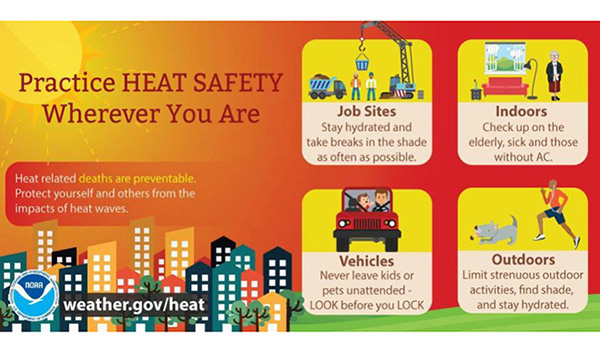Guidance has converged on an anafrontal system with a secondary low that provides the opportunity to see some snow, as moisture is thrown from the secondary low into the cold sector. Thus, this gives us to potential to see snow falling, with (light) accumulation prospects NW of 95.
SYNOPSIS:
A shortwave, which has already moved through the country and continues to do so has a cold front ahead of it and northern piece energy. The trough axis is delayed behind the front, so we set up an anafrontal event(not typical).
This system overall is very dynamic and should have good PVA in front of it which induces cyclogenesis(intensification of the storm) and moisture advection. Temp gradient is also quite large, with the airmass behind the cold front being Canadian and the airmass in front of it being subtropical.
We also have a dual jet setup associated with this which pops a secondary low when the trough becomes negatively tilted, in the Carolinas. This directs winds and moisture return NW.
The large temp gradient should allow for frontogensis forcing, which will make precip rates extremely high. CAA driven snow will occur in the overnight hours after midnight for most people as temps drop.
One thing to note about this system is that surface temps are extremely marginal, but the rest of the atmosphere is <0C, allowing for it to snow. These heavy precip rates will allow for greater dynamic cooling and a saturated column.
OBSERVATIONS:
We are now less than 12 hours away from snow, and the use of models is useless. As of 23z(6P EST), the trough is netural-slightly negatively tilted over MS/AL.

The rate temps are dropping behind the CF, catching up to NAMs temps wouldnt take too long either. It's running too warm for some parts of nova at 0z anyways. We'll see though, eitherway temp wise we look good.

Overall, despite uptrends, the general picture is the same: accumulating snow for NW of 95, mainly in higher elevations. Temps will be very marginal(32-36), but we might push colder during heavy bands due to CAA. That being said, we need heavy snow rates to stick. Otherwise, it will not stick; moderate or below will not do it. Mesoscale banding features are too hard to resolve at this range, so there is no really saying where it will be, but if I had to guess it would be somewhere around here(NW of the fall line):
As for snowfall, there will be an extremely sharp cutoff on I95. I have trouble thinking anyone inside or east of the beltway will see more than just white rain, with little to no accumulation. Elevation is just too bad there to get anything substantial. Temps will be too marginal there for anything. Even further NW, temps will remain 32-36 for most of the storm, with the exception of lower temps 1000'+ or in the bullseye areas. The reason I'm even going this bullish on accumulations is because of the puking snow rates that will set up somewhere that will stick to the ground despite temps. The rates cannot be moderate or light, they have to be heavy, but we know it will set up somewhere,, and that area should see nice accumulations. Having heavy wind should also help blow the snow around and even help with stickage as wind removes latent heat release; it would help us more than hurt us. This, along w/ heavy rates will make for low visibillity conditions.
As of N of the fall line, I gave the highest amounts to areas 700'+ elevation and west of I81. The bullseye for this storm overall will be the Blue Ridge and the Apps, as expected. Locally, the bullseye is probably the Parrs Ridge if I'm betting. In the Parrs ridge, there could be a spot of over 3"+ if everything goes right. I went extra bullish based on new data we have, but this could very well bust. I feel like this is a boom/bust type setup; either we do really well with banding and get puking snow for hours accumulating to over an inch, or we generally stay mostly rain with no acccumulation even if it snows. Ratios will be very low; likely 4:1-7:1 depending on your location.



.png)















.gif)





